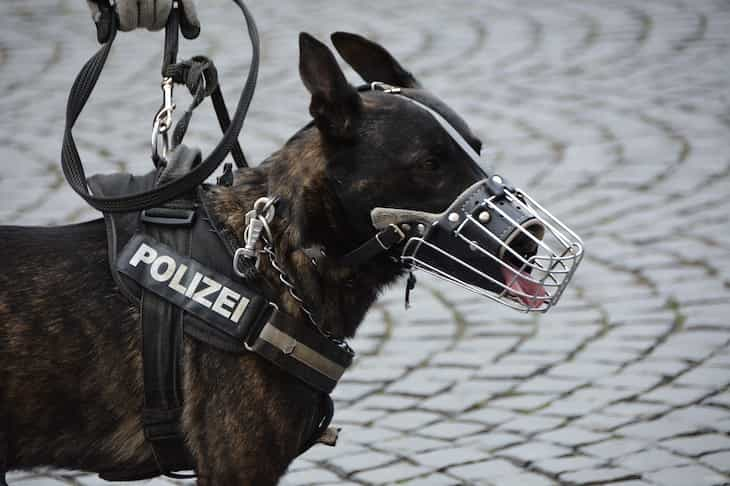Nature is amazing: Police dog training – it takes time
Police dogs are extremely useful - they can help to find missing people and items because of their amazing sense of smell.
But how do specialists train these dogs so well that they understand what they should look for?
Let's find out more about how police dog training works.
Scent detection
Police dogs have an exceptional sense of smell. They are trained to identify and track scents left behind by humans.
Each person has a unique smell, like a fingerprint, and dogs can detect and follow these scents.

Positive reinforcement
Training involves using rewards, like treats or toys, to encourage the dog to associate finding a person with something positive.
When they locate a target scent, they receive a reward, which reinforces their behavior.
Targeting specific odors
Dogs are trained to focus on specific odors associated with humans, such as sweat or body odors.
They learn to distinguish these scents from other smells in the environment.
Handler communication
Police dogs work closely with their handlers, who are police officers trained to guide and control the dog during searches.
The handler gives commands and signals to direct the dog's search.
Practice scenarios
Dogs undergo training exercises that simulate real-life situations.
They learn to search people in different scenarios, such as crowded areas or vehicles, and remain focused on their task.
Obedience training
Along with scent detection, police dogs receive obedience training to ensure they respond to their handler's commands.
This training helps maintain control during searches and keeps both the dog and the people they encounter safe.
Certification
Once the dog completes its training, it undergoes a certification process to ensure its proficiency in searching people.
Certification confirms that the dog meets the required standards for police work.
Previously, we talked about polar bears.

